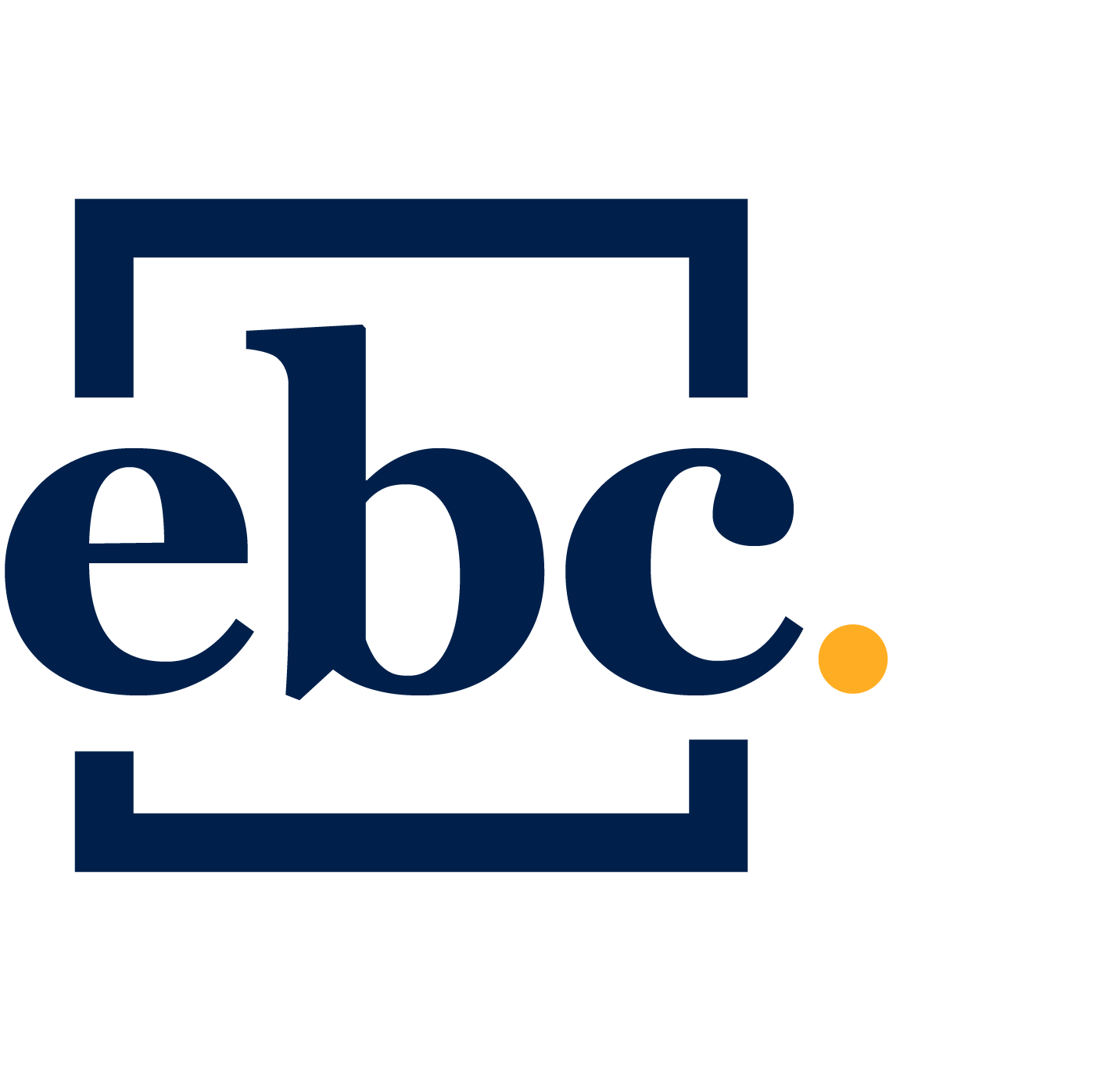50/30/20 Budget Rule: Is it Right for You?

Jay

You’ve probably heard about this budgeting method and wondered what the 50/30/20 budget rule is. There are many ways to budget, save, and spend your money. Following preset guides can be an easy and helpful way to manage your money, especially when starting out, but how do you do it correctly?
50/30/20 budget rule explained
The 50 30 20 budget rule is simply a way of allocating your income to your needs, wants, and savings. Fifty percent of your income goes toward your needs, thirty percent goes toward your wants, and the remaining twenty percent of your income goes toward your savings and debt.
50% of your income for needs
The first thing that your income should be put toward are the things that you need to spend on in order to survive. This includes rent or mortgage payments, utilities, groceries, transportation, etc.
This can be used as a way to assess your overall financial situation. Does your necessary spending each month make up more than fifty percent of your after tax income? If so, this is a good opportunity to figure out why.
If, for example, your after tax income each month is $3,500 but your monthly rent is $1,800, you’ve already exceeded fifty percent of your income with just rent. You still need to purchase groceries, pay your bills for electricity, gas, water, car insurance and more.
While this situation is not all that uncommon, it also isn’t the best financial situation to be in. If this sounds like your situation, it may be time to look into ways to either reduce your necessary expenses or increase your income.
30% of your income for wants
After taking care of all of your required bills and expenditures for the month, the 50/30/20 budgeting rule allows the next thirty percent of your income to be put toward your wants.
These will be the discretionary expenses in your budget including dining out, buying that coat you’ve been eyeing for a while, weekend trips, and entertainment. Even when following a budget, it is important to allow for some unnecessary purchases every once in a while.
20% of your income for savings and debt
What you have left over after paying your bills and necessary expenses and enjoying yourself will be put toward your savings and any debt you may have. This will be the last twenty percent of your income.
When considering how to save your twenty percent, there are several options. What you decide will depend on your goals and what stage of saving you are in. If you have a well established emergency fund already set up, your savings might be put toward retirement accounts and other investments. If you have a significant amount of debt, you should probably make paying that off a priority. Let’s take a look at some of the options.
Starting an emergency fund
Having an emergency fund is like having a financial safety net in place. It’s important to have this for when (not if) unexpected expenses pop up, like an expensive car or house repair.
Generally speaking, your emergency fund should be able to cover three to six months of expenses including rent/mortgage, groceries, etc. This will ensure that should something even as unexpected and financially debilitating as losing your job occur, you will still be in a relatively stable position.
If you are interested in learning more about what an emergency fund is and why you should have one, take a look at this article.
Building your savings and investments
If you’ve already got a fully funded emergency fund in place, you may want to look into other ways to save and invest your money.
Depending on your goals, there are countless ways to do this, all with their own pros and cons. Retirement accounts like an employer sponsored 401(k) will be long term investments that are relatively low risk that will penalize you for early withdrawal of funds.
Index funds and other equity investments can be a good place to invest your money if you still want relatively high liquidity and are willing to take on a little more risk for the potentially increased earnings.
Not sure where to start? One thing to remember is that you don’t need a lot of money to start investing. If you think that you need a lot of money to invest, I recommend taking a look at this article that goes over how to invest with little money.
If you’re interested in learning about your options for different savings accounts, I cover several different types of savings accounts and funds that will help you reach your specific goals in this article.
Who should use the 50/30/20 rule?
Like any cookie cutter budgeting strategy, the 50/30/20 budget rule is only going to be as effective as it is applicable to your situation.
The benefits of the 50/30/20 budget rule is that it provides an easy to follow budget plan that doesn’t require a lot of planning or tracking to execute. This can be a good starting place for a lot of people who have never budgeted before and just need a baseline to get going and start the habit of paying attention to their finances.
Are you new to budgeting? Does the thought of planning out a budget every month seem overwhelming? If the answer to either of these questions is “yes,” you may be a good candidate for this budgeting approach.
Even if the 50/30/20 budgeting rule may not be optimal for your situation, it’s more than likely better than nothing and can serve as a gateway into a more individualized budgeting plan.
Who shouldn’t use the 50/30/20 rule?
While this budget plan can be a good place to start for a lot of people, there are some situations for which the 50/30/20 budget rule will likely be more of a source of frustration than benefit.
For many people who either earn lower wages/salaries or who live in more expensive areas (or both), trying to follow the 50/30/20 rule may prove challenging if not impossible. Why is this? If you are targeting fifty percent of your after tax income to go toward necessary spending and you live in an expensive area, your rent or mortgage alone can easily consume most if not all of this amount.
Unfortunately, this is a difficult situation to be in and trying to force your finances into an ill-fitting cookie cutter budget will only cause frustration and discouragement. However, just because your finances don’t fit into a particular budget plan doesn’t mean that you can’t have success moving toward your financial goals.
Modifications
Modifying the 50/30/20 budget rule and instead using it as a guideline that can be customized can be a really good way of taking the good parts of this strategy and making them better.
The reason this budgeting strategy is so appealing is that it offers straightforward and relatively easy to follow guidelines for your spending targets each month.
If, however, you find that you have different goals or your income and living expenses don’t quite allow for these specific percentages, some simple modifications can go a long way to still give you a simple framework but one that is catered to you.
Adjusting your needs
If fifty percent is not enough of your income to cover your needs, or if it is too much, change it.
In the case of your needs, your budget needs to reflect your spending, not the other way around.
What I mean by this is that if your rent, car payment, insurance, and other required expenses are more than fifty percent of your after tax income, there is really very little that you will be able to do to reduce that in the immediate future. Therefore, adjusting your “needs” allocation in your budget to something above fifty percent will be required, and that’s okay. Whatever the percentage of income you have to spend on bills, etc. is, use that figure for your “needs” percentage.
Adjusting your wants
Now, I would actually advise just about anyone looking to use this budget strategy to adjust this amount, regardless of their situation.
If saving for your emergency fund and retirement, paying off debt, and building wealth are at all priorities (and they should be), spending more on your wants than what you save is not the best way to go about reaching your goals.
This isn’t to say that you should have no discretionary spending. However, if there is an amount that you wish to spend on dinners out, coffee, and clothing each month, I challenge you to save and invest even more.
There are always ways to make more money in order to save more than you spend on discretionary items, if reducing this spending is out of the question.
Adjusting your savings
As mentioned above, I would recommend aiming to save more than you spend on wants. This is one way to modify the 50/30/20 budget rule to do a better job in helping you reach your savings and retirement goals.
When it comes down to it, if you have goals of retiring early and having well funded savings and investments, spending more on discretionary items than you save each month is not the best way to go about it.
If you are just starting out and saving is an entirely new concept to you, any savings is better than nothing. In that case, following the twenty percent guideline will help you ease into the practice of putting away money each month. However, once you get the hang of it, I highly recommend swapping “wants” and “savings” to accelerate the time to achieving your goals.
It’s all about budgeting
In the end, it’s all about budgeting. Whether you are following the 50/30/20 budgeting rule or another method. If you are brand new to budgeting and want a few tips on how to get started, you can learn more about how to create a budget here.
Do you want to learn how to create a customizable budget tracker in Excel and level up your budgeting? Check out our step by step tutorial on how to make a budget in Excel and get your free Excel budget template.
Whatever you do, have fun doing it and know that you are taking a big step closer to achieving your financial goals. Happy budgeting!
DISCLOSURE: THIS POST MAY CONTAIN AFFILIATE LINKS AND/OR PAYED PLACEMENT. PLEASE READ MY DISCLOSURE FOR MORE INFO.






0 Comments